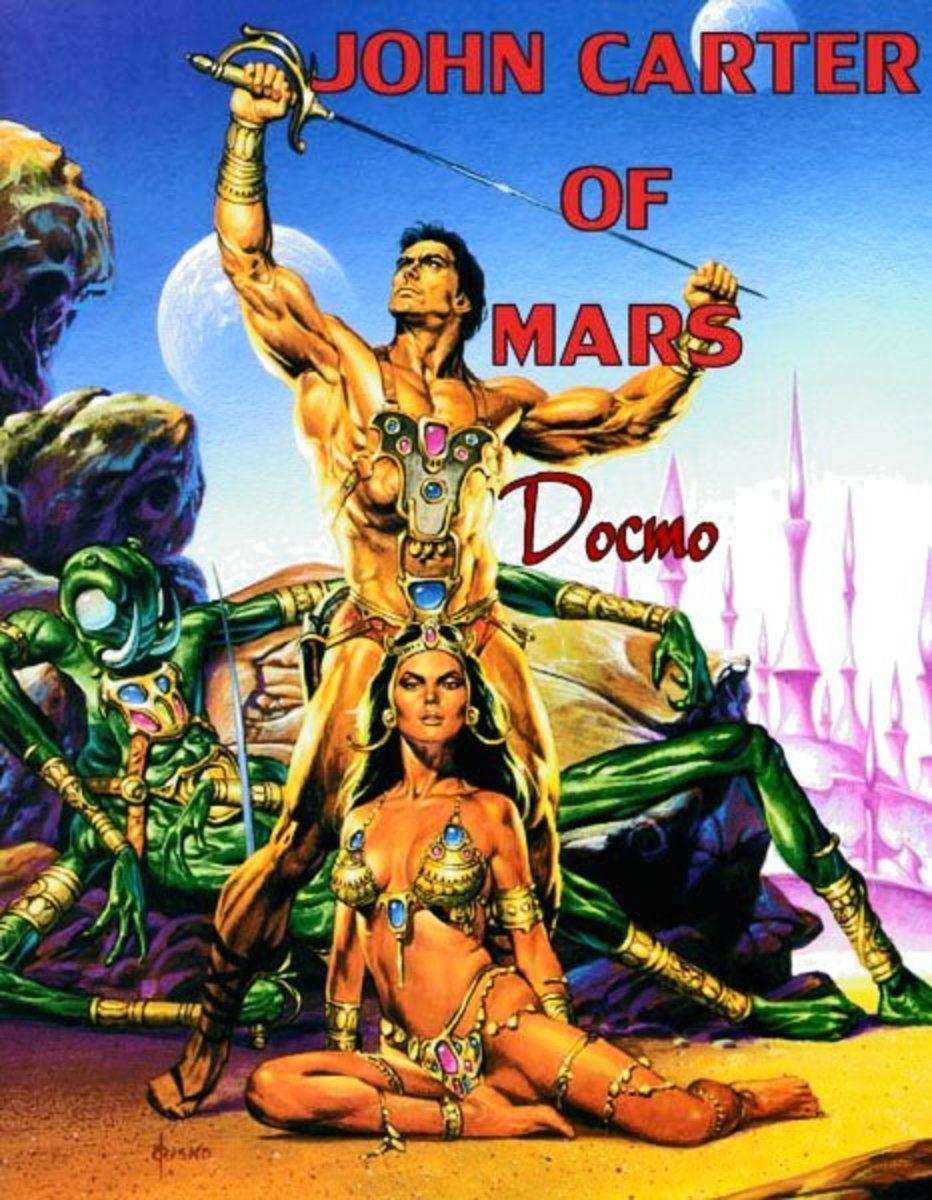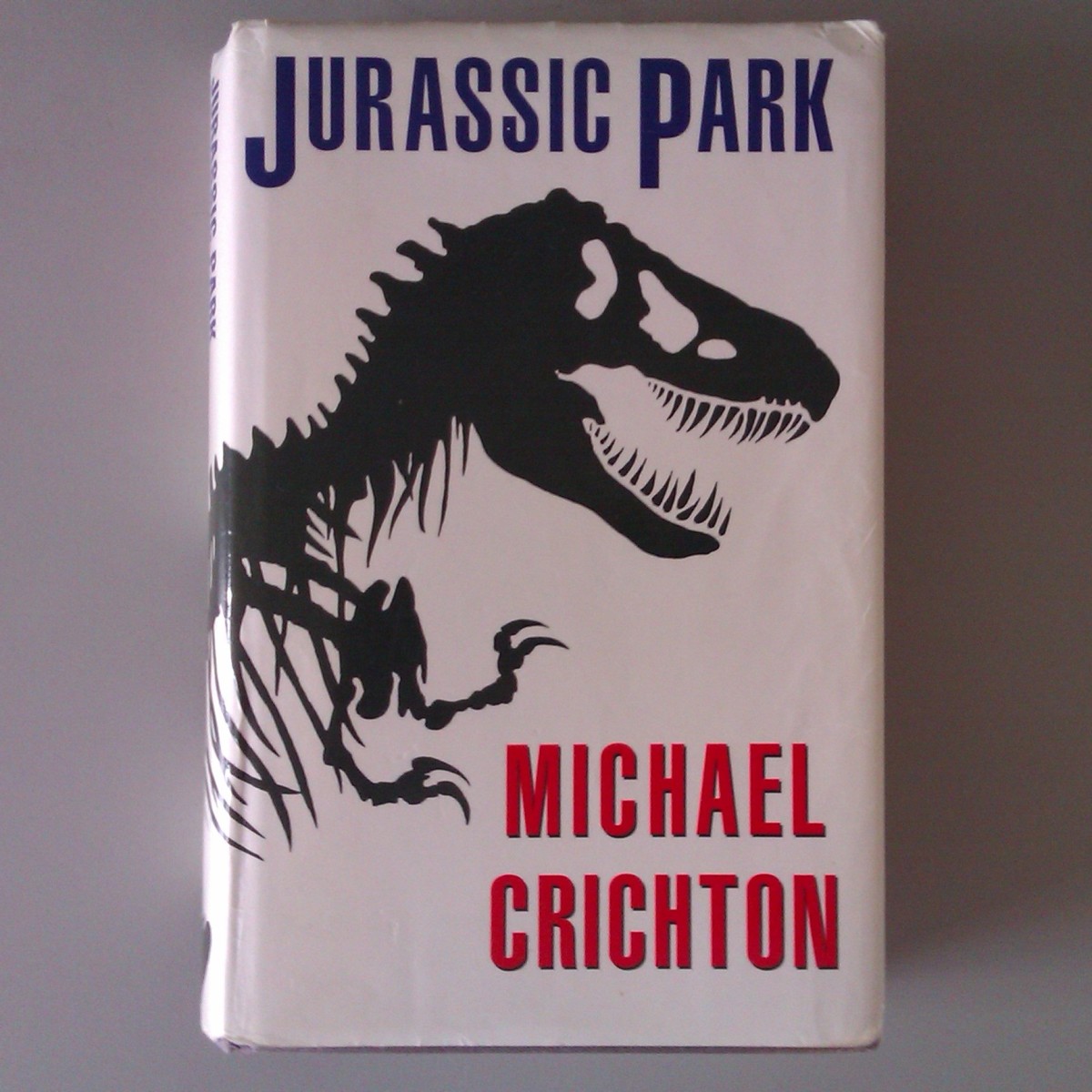What is Time Travel?

What is a Time Traveler?
We are all time travels.
If you’ve ever waited ten minutes for a bus, you’ve traveled through time. You started at one moment of time and waited until another moment of time has passed. You’ve worked from a present moment and waited for a future moment of present to arrive. There was no great device to help you do this. There was no fanfare or lunatic scientist testing some fringe theory of how time works.
You just waited.
It is difficult to define what time is. There are several theories – especially in science fiction. And before I go further, I should explain that sometimes the line between science fiction and science fact is just a matter of testing.
When we look at time we look at it as almost a living thing. It is something that we can kill, waste, spend, make, or fly. It seems to work almost like Play Dough – a thing to be stretched or cut short. We perceive time in different speeds where a moment seems to last an eternity and an hour can just fly by.
Time is the measurement of now to now – of present to present. We are never cognizant of the present as the present is an infinitesimal period of time of which the moment we become aware of the present, it becomes the past instantly. For all practical definitions, we all actually live in the past. What we do in the present is act and experience in the moment. We do not think in the present; we experience in the present. When we think about our experience in the present, that moment we experienced is in the past.
What I speak of now is not science. It is actually philosophy bordering on Buddhism. It is a philosophy that asks us to live in the moment. When you think about the experience of living in the present we are thinking of a point that existed in the past. When we think about living in the future, we think about a possible universe that does not exist yet and is purely imaginary until that point of time becomes the present. We do not know what the future is because there are multiple outcomes based on one single event in the present.
We experience time through our perceptions of cause to effect. We cause an event, through our action or inaction. That event has an effect. What that effect is, is a matter of understanding what can happen in the realm of possibilities combined with whatever x-factor or unknown variables that exist in the universe to make things less predictable.
Time is the tick between the tock.
Radical Forms of Time Travel in Literature
When we think of time travel in fiction we think of a few different concepts. They are:
- Time travel to the distant future – one way.
- Time travel to the distant future and back – round trip.
- Time travel to the distant past – one way.
- Time travel to the distant past and back – round trip.
- Lost in Time, time travel to random points in both the past and the future trying to get back to the present.
The thing that makes these stories entertaining isn’t just the method of time travel, but what the protagonist does while they’re in a time and place where they are just out of sync.
Literature has made many stories with the theme of time travel or, at least, time displacement.
In order to talk about time travel, it’s good to talk about some of the popular fiction authors that made it popular. My original starting point was going to be H.G. Wells, author of The Time Machine, The Shape of Things to Come, and War of the Worlds, then I realized the first real story dealing with time travel using the basic premise of just moving forward in time was Washington Irving’s, Rip Van Winkle.
For those of you who don’t know the story of Rip Van Winkle, it’s about a pre-Revolutionary War nice guy who spends his time avoiding work and telling stories to children. He has a wife that hen pecks him all the time and habitually goes off into the woods to escape her. On one of these escapes he helps a man bring a keg up a mountain to a group of men who are playing 9-pins. He shares in their drink and falls asleep. He wakes up twenty years later (and twenty years older) and goes back home where no one recognizes him. In the twenty years he was gone, the Revolutionary War happened and his wife died. As he was no revolutionary, he was confused on the people’s attitude toward the King of England. The story ends with Rip finding his son and daughter and them taking him in.
The meaning of the story was more on how times change. We have a person with an antiquated way and belief and he finds himself in an era where the world has changed without him.
This is basic forward moving time travel. While from a scientific viewpoint, we could say that Rip should not have aged much at all as his body was in a state of hibernation and given the pulse rate of creatures to be hibernating to be 1/60th that of waking humans perhaps he should have aged approximately three months. However from a time travel perspective, he essentially let time pass while he slept until he awoke to a point in the future that became his present.
We can understand this as we see older people with a different set of values and beliefs live longer into their own future. As some people do not change with the times, we can look at them as the carbon dating of the beliefs, philosophies, and attitudes of whom they were when they committed to them.
This plot has worked with such comedies as Woody Allen’s, Sleeper and Back to the Future Part 2 where someone from the present day 70’s and 80’s (respectively), finds themselves in the far future and can’t understand how science, technology, and culture have come to a place that is beyond their understanding. With Sleeper, we find that many of the things that were taboo were common place and expected of the people. For example, according to Woody Allen, deep fat, steak, and cream pie become the equivalent of health food and things that were believed to be healthy for you turned out to be bad.
How the future turns out is actually more up to the writer and tells the reader more about what the writer believes the destiny of mankind to be. In Back to the Future Part 2, the future seems to be a continuation of how people lived twenty years earlier – albeit with better science and more toys. In Sleeper, the world is more akin to a dystopian idiocracy (much like Mike Judge’s Idiocracy) with an oppressive government and the law abiding masses living only for pleasure.
Taking both examples of Sleeper and Idiocracy, we see both protagonists are in a future where they cannot go back to their own time and must contend with how mankind relies on technology rather than their own subpar intellect to get anything done.
Time Travel on Amazon
Lessons Learned
All other scenarios where the protagonist is allowed to return to his present day, always serve either as a warning or as something to aspire to – although it’s more likely to be the former rather than the latter as a really good future would be something the protagonist would never wish to leave. Such a scenario where the protagonist goes back unwillingly is usually due to some kind of temporal catastrophe or a threat to the life of that character.
Such an example of learning a valuable lesson of a life spent too quickly was the Adam Sandler movie, Click (written by Steve Koren and Mark O’Keefe). Sandler’s character, Michael Newman, is a representative of the average everyday man who wants to get ahead and has the normal problems of a family man. He’s an overworked architect who doesn’t get to spend enough time with his family because he’s sacrificed that time to work. While he’s in Bed, Bath, and Beyond, he gets to the “beyond” portion of the store where he buys a “universal remote” from a guy named Morty (Christopher Walken). This remote control allows Michael to manipulate time where he can speed up, slow down, or pause moments in his life. He can also use it to rewind his life to see events that have already happened. The problem is that the control is a learning tool. It figures out what you do most often and will do that act automatically. So when he uses the remote to speed up his life for sleep, commutes, and arguments, he skips through them. At the same time, he’s slowed down time for love making where he enjoys it more and his wife lies disappointed as time is still moving at a normal rate.
The consequences of the protagonist’s preferences are that he is now stuck to live his life in a fixed philosophy. Work comes before family, and he skips past the arguments where it’s an opportunity to learn more about his wife. Before long, he’s lived his entire life without really experiencing the love of his entire family because the remote was only following his directions. Morty, who decides that Michael deserves a second chance, brings him back to the moment when he bought his remote – thereby learning an important lesson and allowing him to live a happy, yet fully experiential, life.
How would you like to time travel?
Final Words
I bought a really cool T-shirt.
On it, there were pictures of all of the different time travel devices used in all of the movies and TV shows that involved time travel. There were some really good ones, too. There was the TARDIS (the time machine that the Doctor (Doctor Who) uses – short for Time And Relative Dimension In Space), the DeLorean from Back to the Future, Irwin Allen’s Time Tunnel, the map used in Time Bandits, The H.G. Wells Time Machine from The Time Machine, and there was even a picture of the J. K. Rowling Time Turner from The Prisoner from Azkaban.
This shirt got me thinking about another novelty item about all of the rules you need to follow in literary time travel. These were all the things you could not do and weren’t allowed to do. If you broke these rules you’d create a time paradox where two things that contradict each other would happen at the same time. Originally, I was going to write a hub about all of that. Then I remembered that there was a lot to go over with the general concepts of time.
Each writer had a different theory on how time worked. All of them were interesting.
These ranged from the Fringe Observer method to seeing the entirety of time as one thing and inserting a representative at any point in it to the Whovian understanding of time that it is not a progression of cause to effect but actually from a non-linear, non-subjective point of view that it’s like a big ball of wibbly wobbly timey wimey… stuff – which is sort of the same thing when you think about it. I even like the theory from Peggy Sue Got Married, where it’s postulated that time is like a burrito. Time starts at one point and corkscrews out where two points of time overlap and nearly touch each other – where it’s possible to cross over at that point.
While my zombie stuff is fun, I wanted to give the time travel set of articles a chance. This will be only the beginning. Like time travel, I will refer back to this hub for anyone who needs a bit of a primer.
Time travel is such a great story tool that I think it needs to be explored more. The concepts of traveling from one point of time to another or experiencing time through time dilation are too fascinating to ignore.

![The Time Machine [DVD]](https://m.media-amazon.com/images/I/51mlV+2Gw-L._SL160_.jpg)





